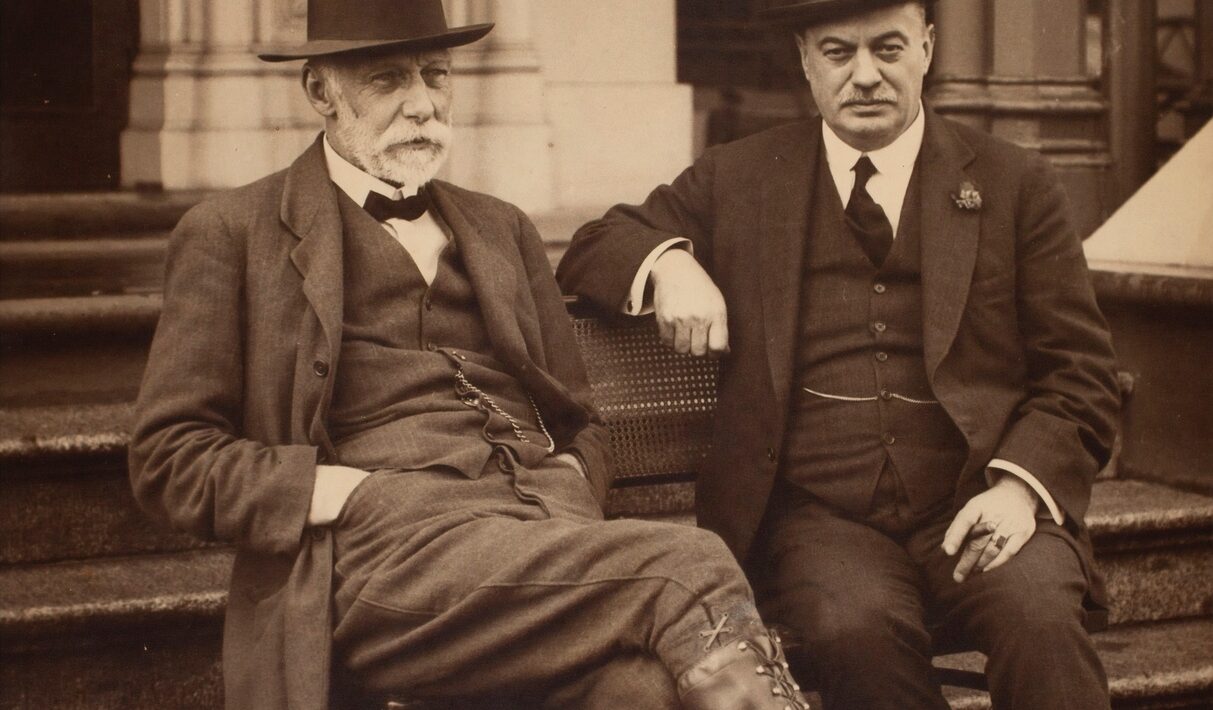The Center of Power
The Elizabethan era (1558-1603) was a period defined by the royal court and aristocracy, whose influence and power radiated throughout every aspect of society. The royal court, in particular, served as the nucleus of political, cultural, and social life, shaping the course of history and setting the tone for the era.
The Royal Court as a Microcosm
The royal court was a microcosm of the broader society, housing individuals of varying ranks and titles. At the apex of this hierarchy was the monarch, Queen Elizabeth I, whose decisions and actions had far-reaching implications for the kingdom. Surrounding the monarch were members of the aristocracy who held positions of authority, advising the queen and participating in courtly affairs.
Influence and Patronage
The aristocracy wielded significant influence and patronage within the royal court. Members of the aristocracy were not only advisors to the queen but also engaged in diplomatic missions, cultural pursuits, and military endeavors. Their patronage of artists, writers, and musicians contributed to the flourishing of Elizabethan arts and culture.
Display of Wealth and Opulence
The aristocracy’s influence was often demonstrated through displays of wealth and opulence. Lavish banquets, sumptuous clothing, and grand residences served as symbols of their elevated status. The grandeur of their lifestyles not only showcased their affluence but also reinforced their role as societal leaders.
Courtly Etiquette and Rituals
The royal court operated according to a strict set of courtly etiquette and rituals. Everything from the way individuals dressed to the manner in which they addressed the queen was carefully regulated. These protocols were not only a matter of tradition but also served to establish hierarchy and reinforce the power dynamics of the court.
Influence on Literature and Culture
The royal court and aristocracy were not only political entities but also patrons of literature, drama, and the arts. Many renowned poets, playwrights, and musicians received patronage from the aristocracy, creating a vibrant cultural landscape that produced enduring works of literature and entertainment.
Interconnections and Alliances
The royal court and aristocracy were interconnected through familial relationships, marriages, and alliances. Marriages between noble families often served political and strategic purposes, solidifying bonds and securing power. These connections influenced both courtly dynamics and the broader social landscape.
Legacy in Modern Society
The influence of the royal court and aristocracy in Elizabethan society continues to resonate in modern discussions about power, influence, and social hierarchy. The legacy of their rule and patronage is a reminder of how the decisions and actions of a select few can shape the destiny of a nation and leave a lasting impact on culture.
Shaping Identity and Values
The royal court and aristocracy were instrumental in shaping the identity and values of Elizabethan society. Their decisions, interactions, and contributions set the tone for the era’s ideals, norms, and aspirations. By examining their roles, we gain insights into the intricate dynamics that defined this pivotal period.
Conclusion
The royal court and aristocracy were the epicenter of influence, power, and cultural flourishing in Elizabethan society. From politics to the arts, their impact reverberated across all levels of the kingdom. By delving into their roles and contributions, we unravel a tapestry of aristocratic authority and courtly dynamics that shaped the trajectory of the era and left an indelible mark on history.

